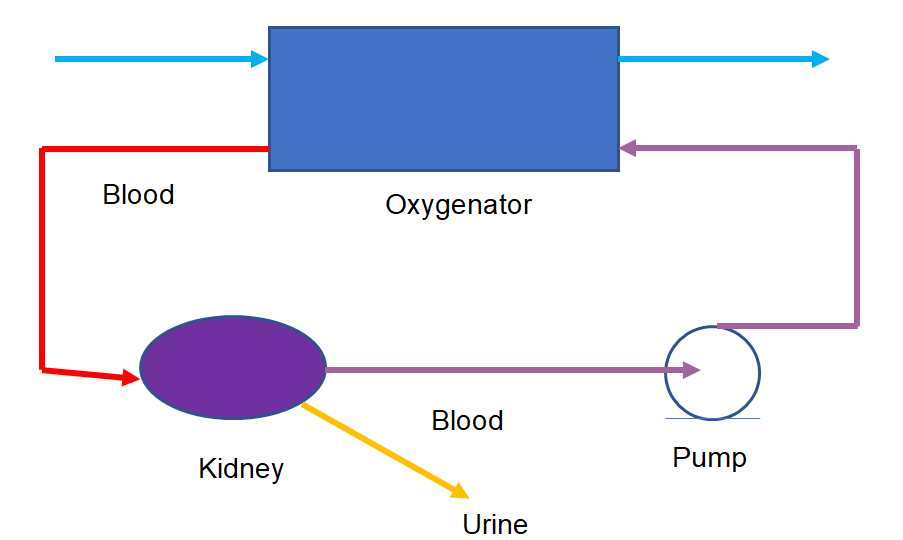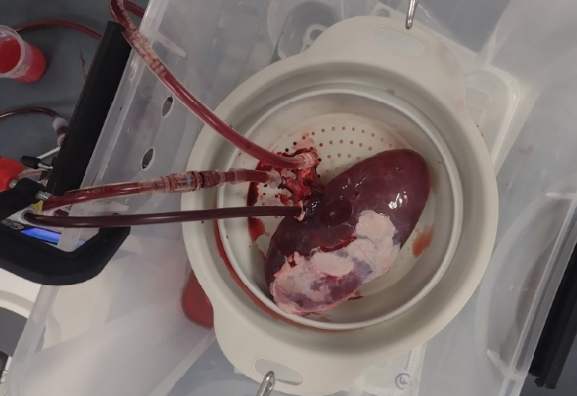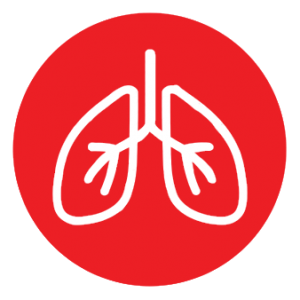Organ Perfusion System
A system to perfuse organs giving longer viable life ex-vivo using our own pump and oxygenator
There is an increasing demand for ex-vivo perfusion of individual organs and tissues to maintain viability for extended periods. The system meets at least 3 needs, namely drug testing, transplant organ perfusion, and ex-vivo treatment of disease.
Drug testing: Each year over 100 million animals are used in medical research, the majority of which are used in testing new drugs. Many of these drugs are developed for treating diseases of specific organs or tissues, kidney disease, liver disease etc. Many of the tests could be undertaken on individual organs ex-vivo. Such tests could be better controlled than using whole animals. Our system would help achieve the urgent goal of reducing the number of animals used in medical research.
Transplant organ perfusion: Over 100,000 organs are transplanted each year with kidneys being the most transplanted (over 60,000 per annum). A device that keeps organs alive longer has three benefits. Firstly, it allows more time to assess an organ whilst it is actually functioning. Secondly, there is more time to identify the best possible match meaning that there is a greater likelihood the transplanted organ lasts longer and there is less need for re-transplantation. Thirdly, it allows more time for transplants to be undertaken during normal hospital hours when full support is available.
Ex-vivo treatment of disease: Where a specific organ is diseased, a balance has to be struck between treatment sufficiently aggressive to cure the disease and treatment sufficiently limited not to place the patient’s life at risk. If the organ could be removed from the body and aggressively treated ex-vivo, it could be cured without putting the patient’s life at risk. The organ could then be returned to the patient’s body.
Putting our novel blood pump and blood oxygenator together, we have built an improved system for meeting the need for ex-vivo perfusion system of organs and tissues. We show a simplified flow diagram of the system and an illustration of a kidney supported by the system.

Flow diagram of organ perfusion system
The flow diagram shows blood pumped through an oxygenator, with the oxygenated blood fed to a kidney from which it returns to the pump. The kidney produces urine which we recycle into the circulating blood. The living kidney consumes oxygen so that the outlet blood flow is lower in oxygen.
Ex-vivo perfused kidney

The photograph shows a perfused kidney. The kidney consumes oxygen from the blood, showing that it is ‘alive’. The colour change is clearly illustrated in the figure, which shows a significant change in the blood colour from (oxygenated) bright red at inlet to dark reddish-purple (deoxygenated) at outlet. The third connection takes the urine produced by the kidney. (In this picture, it is slightly discoloured by blood).
The pulsing flow from our pump maintains a lower pressure showing the there is less blockage of the blood vessels in the organ. The oxygenator is sized for purpose and avoids free-radical damage that results from over-oxygenation of the blood. We have demonstrated that organs can be maintained viable for longer using our system than using systems adapted from Extracorporeal Life Support (ECLS) systems or Cardiopulmonary Bypass (CPB) systems.
ECLS and CPB are designed to provide oxygen to maintain life in a conscious, or sedated person. The typical target performance for ECLS/CPB oxygenators is to increase blood oxygen saturation from 65% to >98%. For a kidney perfusion, a more desirable target is to increase blood oxygen saturation from 80% to 90%. Saturations significantly greater than 90% tend to produce free radical damage. Our oxygenator design is easily adapted for a range of performance targets to exactly meet the requirement for maintaining viability of specific organs or tissues.





